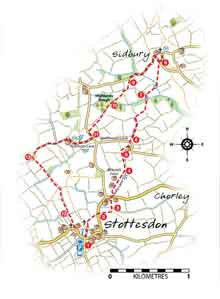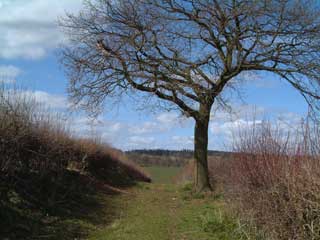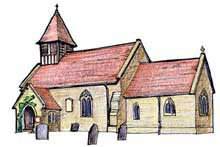
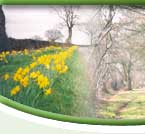
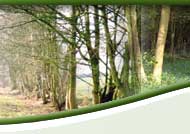
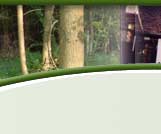
Stroll 3 – The Sidbury “Cyricstig”
Exploring ancient churches, venerable yew trees
and old church paths
Distance: 5½ miles or 9 km Time: (approx) 3 hours
- For a handy, printable PDF version, click here -
----------------------------------------
This moderate ‘ramble’ uses ancient footpaths (‘Cyricstig’ are Old English paths connecting hamlets and farms to their local churches), green lanes and short sections of country road. Parts can be muddy after wet weather; there are 19 stiles and 8 gates.
Start from Stottesdon 1 or Sidbury 8
1 From the Fighting Cocks, take signposted drive to St Marys Church (first built in Saxon times, before 1066 – well
worth a closer look).
Take grass path to bottom corner of churchyard; through new kissing gate to short path (hedge right). At marker post turn right; cross stile/gate; downhill along field edge to gate.2 Cross road and stile opposite into field. Bear slightly left to next stile; turn left, down to cross footbridge.
3 Follow path up field to cross stile; turn right onto road; in 30m turn left towards Blundell Farm (Holly Lane). After cottages, cross stile (right); across field in front of farm. (Views east to Chorley and Knowle Hill 754ft)
4 Through gate on left; turn immediately right; follow hedge up field; go through opening on right; follow other side of hedge down field to cross stile/bridge.
5 Up field, keeping hedge right, towards stand of holly and hazel trees; cross stile; follow hedge then bear half right across field (between black corrugated-iron huts) to cross stile by gate.
6 Across Northwood Lane; through gate opposite to follow field hedge (right) to next gate; take green lane ahead 400m to another gate. (‘Green Lanes’ are old tracks, used by drovers, packhorses and carts, which linked farms, fields and villages before modern roads were built; Un-modernised, many preserve old physical and botanical features)
Turn right at gate; follow hedge, across field to next gate. Turn left; go down slope (hedge left); over stiles and bridge (brook marks Sidbury parish boundary) then up to stile in hedge on right.7 Over stile then straight over field to waymark post; through rough grassland to pass weir left; climb bank. Use barns (left on the skyline) as marker; up field to cross stile onto road.
8 Take lane opposite to Sidbury Church (on left 400m). The
approach to Holy Trinity is very special: by wrought-iron gates to a mossy grass path, filled in season with wild flowers; a medieval village site to the east and a nut orchard to the west; hazel and hawthorn hedges around churchyard; and an ancient yew tree (probably 3/4000 years old).
Leaving the churchyard, retrace route back to the ‘T’ junction – turn right; pass Hall Farm (right); downhill then up bank 300m to waymarked gate on left9 Through gate; head for far corner of field to cross stile; along short path between hedges to cross next stile; diagonally across field to cross another stile into Highlands Rough wood.
10 Cross footbridge; then uphill to cross stile on far edge of wood; turn left to cross stile at field corner; turn right, follow hedge (right) to cross next stile; ahead, slightly left to cross stile onto road. Turn left to a lane on right (Pickthorn Farm).
11 Follow lane (imposing views of Titterstone Clee, left; Brown Clee, right – site of medieval village on right) round to right (passed duckpond; through barnyard). Ahead on track (an old County road), 500m to signposted footpath crossroads.
12 Turn left cross stile far side of small spinney; follow hedge line (left) for 1.2km down through two fields, to footbridge over stream, then up and down two more fields to cross another footbridge.
13 Head uphill (parallel with hedge, right) to cross stile (by gate in top right of field). Turn left, follow road 400m back into Stottesdon centre and the Fighting Cocks (right).
Most yews growing in churchyards are older than the Church, and often Christianity itself. Yews have been revered by people throughout the ages and were planted by our pagan ancestors on their sacred sites. They are associated with immortality, rebirth, and access to the ‘Otherworld’. The invincible English Longbows at Agincourt were made of best Yew!
